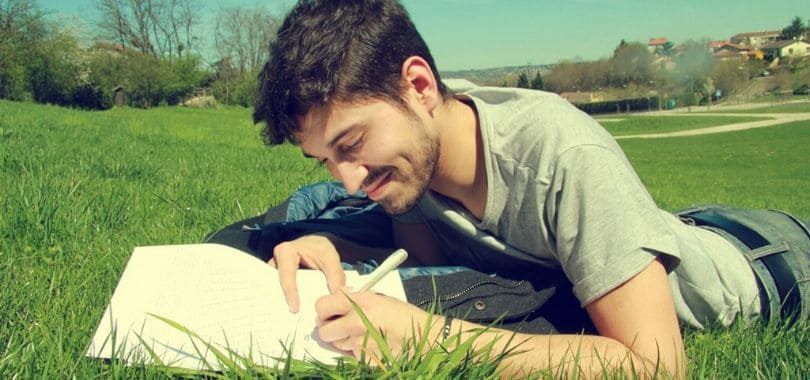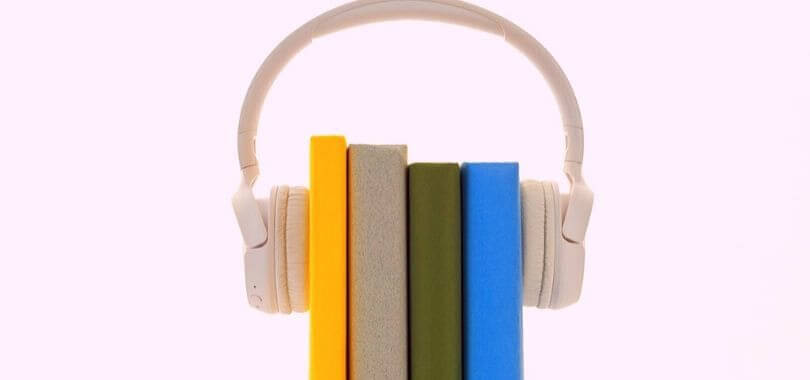
Flickr user k4dordy
Physical learners do best when they have a hands-on approach to learning. In grade school, they were the ones who probably found the attachable blocks most useful when learning addition and subtraction, or the students who remembered things from field trips and lab experiments the best. A physical learner —also called a kinesthetic learner because of the movement involved—do best when they can directly engage themselves with the material. Because of this, there might be some struggles early on in your college career. Here are some study tips and tricks to help get you started if you’re a kinesthetic learner.
Use Flashcards or Other Physical Materials
Flashcards are very useful. Unlike simply staring at the information in your notes or textbook, you have to shuffle them, turn them over, and actively write down the details (I would highly suggest hand-writing them, as it helps with retention). That movement of the cards helps a physical learner to retain information.
Take Study Breaks
A physical learner is likely one who does not sit still for long periods of time well. It is therefore important for a physical learner to take breaks to move around. These breaks do not have to be long—just a few minutes to stretch after an hour or so of studying, or perhaps after completing a section or chapter. Figure out your limits; how long can you go without movement? From there, time your breaks accordingly. In addition, it might be better not to schedule our classes back to back all day long. Give yourself the mental and physical breaks you need to perform and focus.

Draw Things Out
Much like the visual learner likes to see how information relates to other information, a kinesthetic learner generally like to make those connections. The act of drawing diagrams and charts will help the physical learner make connections. The movement of your hand helps the details stick better. This leads to more creative study tools, as you make it personal and therefore more relevant.
Study With Movements
The beauty of finding study techniques that work for you is that you get to decide what is necessary and fun. For physical learners, this might be that you ascribe a certain movement to your material. These movements can be small, such as drawing specific shapes when reviewing information. Or maybe something involves jiggling your leg or tapping your thigh. Small movements are good for lectures and classes so long as they are discreet.
What this study technique can also include is larger movement. Pacing while reviewing information (you might need a partner for this), or laying facts down on the floor on separate sheets and giving each its own movement. You might remember details about Hamlet by hopping, or you skip when thinking about Ophelia. When testing on the information, remembering the physical movement can assist in bringing the details forward.
Role Play
Acting out a scene or process greatly increases the kinesthetic learner’s ability to remember it later on. This way you can actually walk through the information. Get your friends together so you can all go through it. You can have a little study party and make it fun!
Get Involved
Depending on your field, there can be ample opportunities to be hands-on with the information. Classes with labs are the most obvious. Some of your professors might have projects or research that you can be involved in. Don’t be afraid to ask your professors if there is something you can do. There might also be student groups and organizations on campus that are related to what you are learning.
—
Use College Raptor to discover personalized college matches, cost estimates, acceptance odds, and potential financial aid at schools around the country—for FREE!






